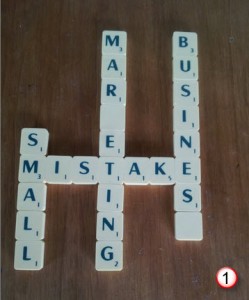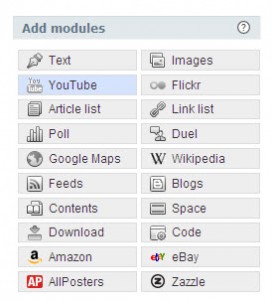Focus is a key component for small business success. When we write about focus in the context of small business, we are talking about your focus on a target market, on specific offerings for that market (products and services) and on specific marketing strategies.
Without focus, you are attempting to be all things to everybody, and that is a recipe for failure.
This article is not about how to decide your focus, that’s another issue. What I am exploring here are seven (7) benefits of focus in the hope of assisting you to build and maintain your own focus.
1. Focus builds commitment
When you decide your focus, you are immediately inspired to action. You suddenly see a way ahead and your goal is seen as achievable. The act of choice – deciding what to do and what not to do – frees up your creative capacity and enables you to move forward. The experience of progress builds commitment to your chosen course of action.
2. Focus saves time
Focus stops you from trying to be everything to everybody. Trying to fulfil everyone’s needs is both time consuming and exhausting. Focus saves you time because it enables you to let go of a lot of things and concentrate on the things that are important.
3. Focus overcomes information overload
In this era of endless information, your focus helps you to decide what to look at and what to avoid. It becomes a benchmark for deciding relevance. For example, I used to focus on affiliate marketing and I would read everything I saw about the subject (a massive area). Now that I have re-focused onto small business marketing, I can let all the affiliate marketing information pass me by.
4. Focus attracts others
When you are focused you demonstrate commitment, enthusiasm and energy – all personal qualities that attract others. Think of someone who is really focused and recall the energy they emit and how much easier it is to be attracted to them and their business In contrast, think of someone who is “all over the place” in their activity. This lack of focus makes it really hard to get on board and get energised by what they do. In fact, this kind of person can actually repel you because they tend to “suck up” your own energy because their energy is so dissipated.
5. Focus develops disciplined energy and enhances productivity
You have to have discipline to focus your energy in the first place. Then, as you grow and maintain your focus, you strengthen your discipline and you begin to develop productive habits. Your deepening focus enables you to ward off distractions, to set priorities and to choose activities that will lead more directly to your small business goals. Focus brings into play the power of concentration.
6. Focus develops expertise and Trusted Authority status
Through your focus, you are better able to increase your knowledge and understanding of your target market and their needs. You feel more committed to use your expertise and core competence to help your customers solve their real, everyday problems. Through this assistance with problem resolution you are able to build your status as a Trusted Authority – one who is not just an expert but who has demonstrated the capacity to use their expertise to help customers solve their problems. So you become the Trusted Authority in your marketplace.
7. Focus creates wealth
Focus enables you to direct your energy and creativity to identifying and meeting your customers’ needs – the foundation for real small business growth and personal wealth. As a friend of mine, Jennifer Ledbetter, often states in the context of small business marketing:
If you are willing to do for a year what others won’t, you can spend a lifetime doing what others CAN’T.
Focus brings multiple rewards. It builds your commitment and develops your Trusted Authority status. Through focusing you save time, overcome information overload and attract others. Focus helps you to develop disciplined energy, to improve your productivity and, in the final analysis, to create wealth.






